What are the Different PPF Packages Available and How to Choose?
PPF packages range from basic partial coverage at $700-$1,000 to comprehensive full-body protection costing $5,000-$8,000, with your driving conditions and vehicle value being the primary decision factors.
Understanding Package Categories
Partial Front End (Standard) Package represents the entry-level option, covering approximately 18-24 inches of the hood, partial fenders, front bumper, and mirror caps. This package costs between $700-$1,500 and targets budget-conscious consumers seeking essential protection. However, visible film lines where coverage ends can detract from aesthetic appeal, particularly on light-colored vehicles.
Full Front End Package covers complete front-facing panels including entire hood, full fenders, front bumper, mirror caps, and often headlights. Priced at $1,500-$2,500, this represents the most popular choice as it balances cost with comprehensive front-end protection while eliminating visible edge lines. This results in a seamless appearance that's virtually invisible when properly installed.
Track Package extends full front coverage to include rocker panels, lower doors, A-pillars, and rear wheel impact areas. Despite its name, this $2,500-$3,250 package benefits daily drivers who frequently encounter highway debris, not just track enthusiasts. The additional rocker panel protection guards against tire-thrown debris, a common source of lower door damage.
Full Body Coverage provides complete vehicle protection, covering every painted panel including doors, roof, trunk, and rear bumper. Costing $5,000-$8,000+, this premium option eliminates all visible film edges and offers maximum resale value preservation.

Key Decision Factors
Driving Environment Analysis proves critical in package selection. Highway commuters face constant road debris exposure, making full front or track packages worthwhile investments. Urban drivers primarily dealing with parking lot scratches and light environmental damage can achieve adequate protection with partial coverage.
Vehicle Value Considerations significantly influence package choice. Luxury vehicles exceeding $50,000 typically warrant full front or complete coverage to maintain resale value. The 15% resale value preservation from PPF often justifies higher initial investments on premium vehicles. Conversely, older or lower-value vehicles may benefit most from targeted partial protection.
Usage Frequency and Ownership Timeline determine cost-effectiveness. Daily drivers accumulating high mileage benefit from comprehensive coverage, as extended exposure increases damage probability. Weekend or occasional-use vehicles may find partial coverage sufficient. Long-term ownership (5+ years) favors more extensive protection due to cumulative damage prevention over time.
Strategic Selection Guidelines
Budget-Conscious Approach: Partial front coverage provides essential protection at the lowest cost, ideal for leased vehicles or temporary ownership situations.
Balanced Protection: Full front packages offer optimal value for most drivers, combining comprehensive front-end coverage with reasonable cost.
Maximum Defense: Track or full-body packages suit performance vehicles, luxury cars, or drivers in harsh environments where comprehensive protection justifies the premium.
Implementation Strategy: Consider your specific exposure patterns: highway speeds demand more coverage than city driving, while harsh climates require enhanced protection against environmental damage. Contrary to popular belief, "one-size-fits-all" approaches rarely optimize protection-to-cost ratios, making careful needs assessment essential for package selection success.



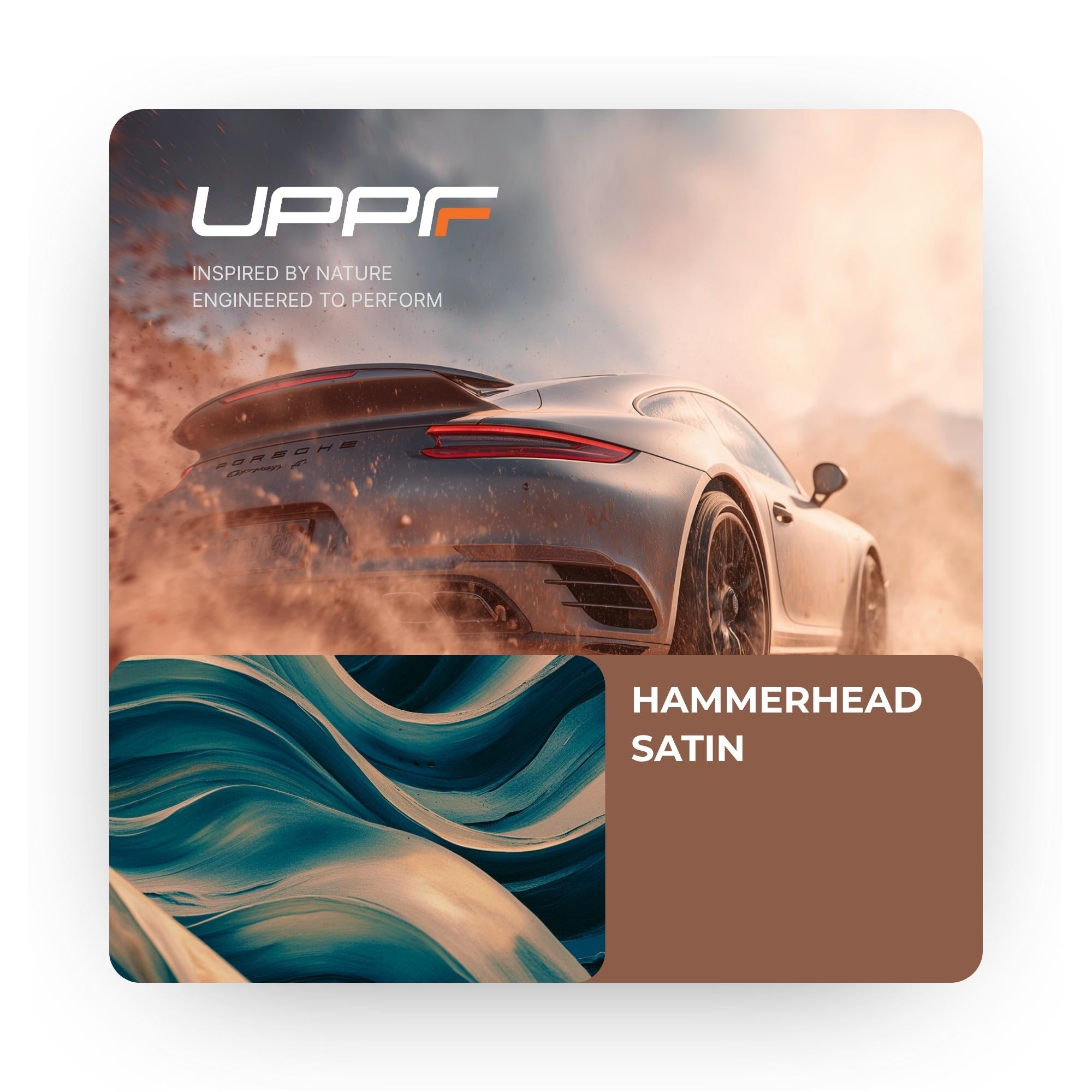
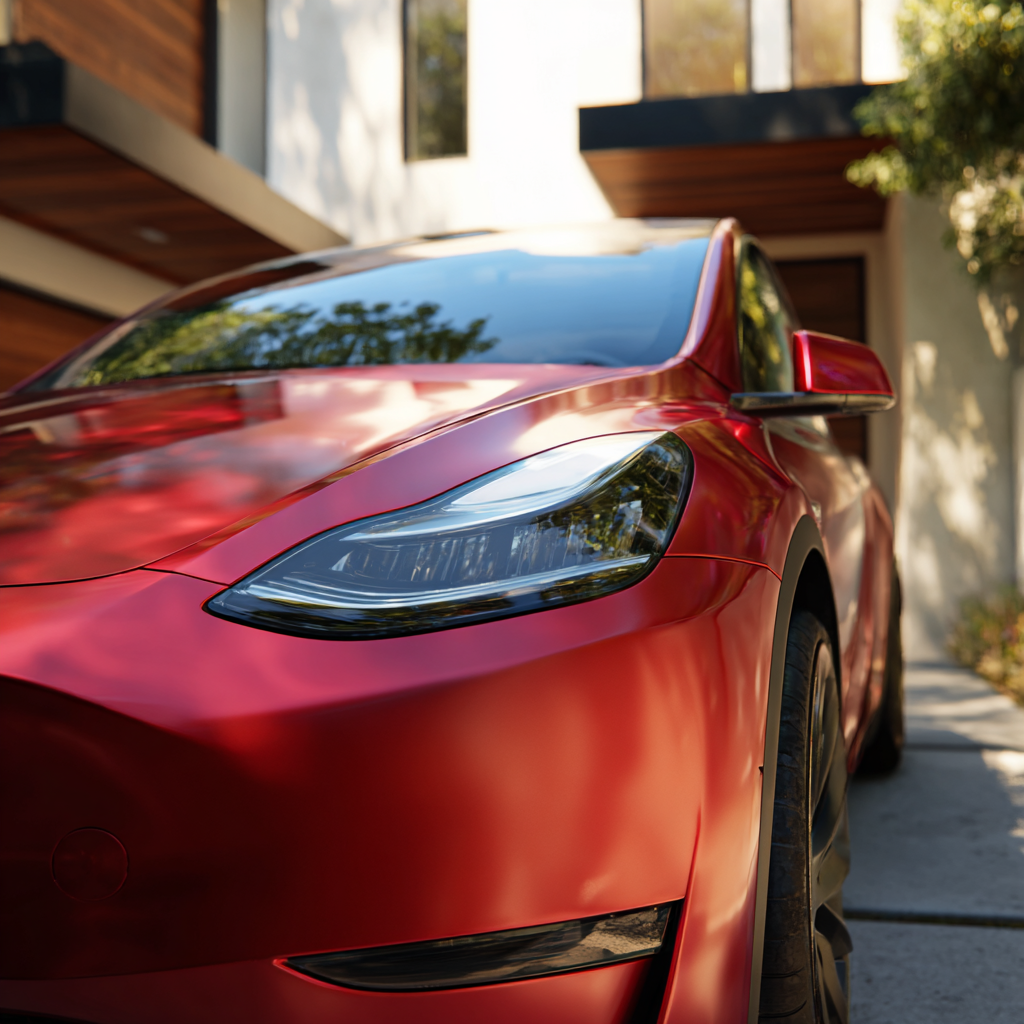

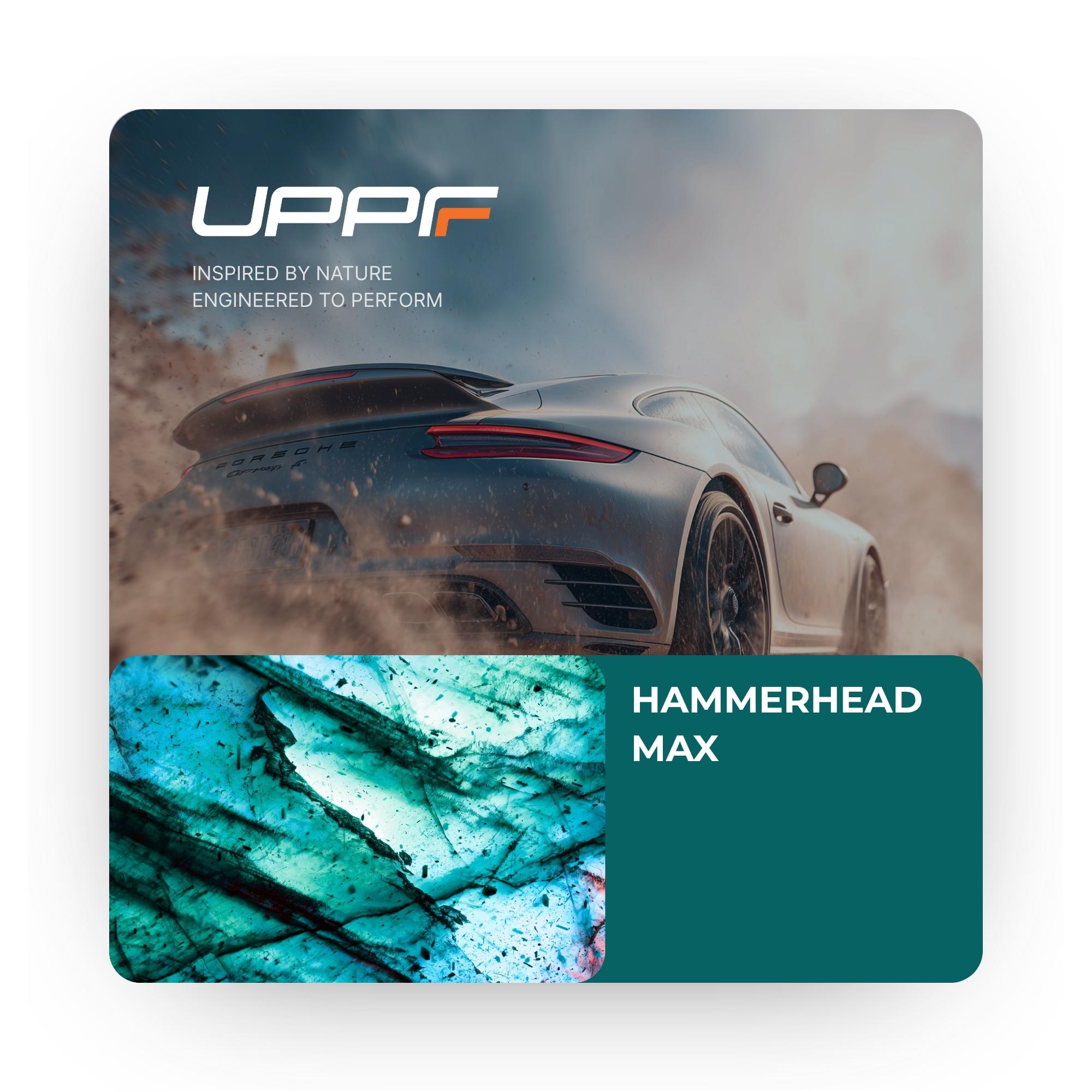
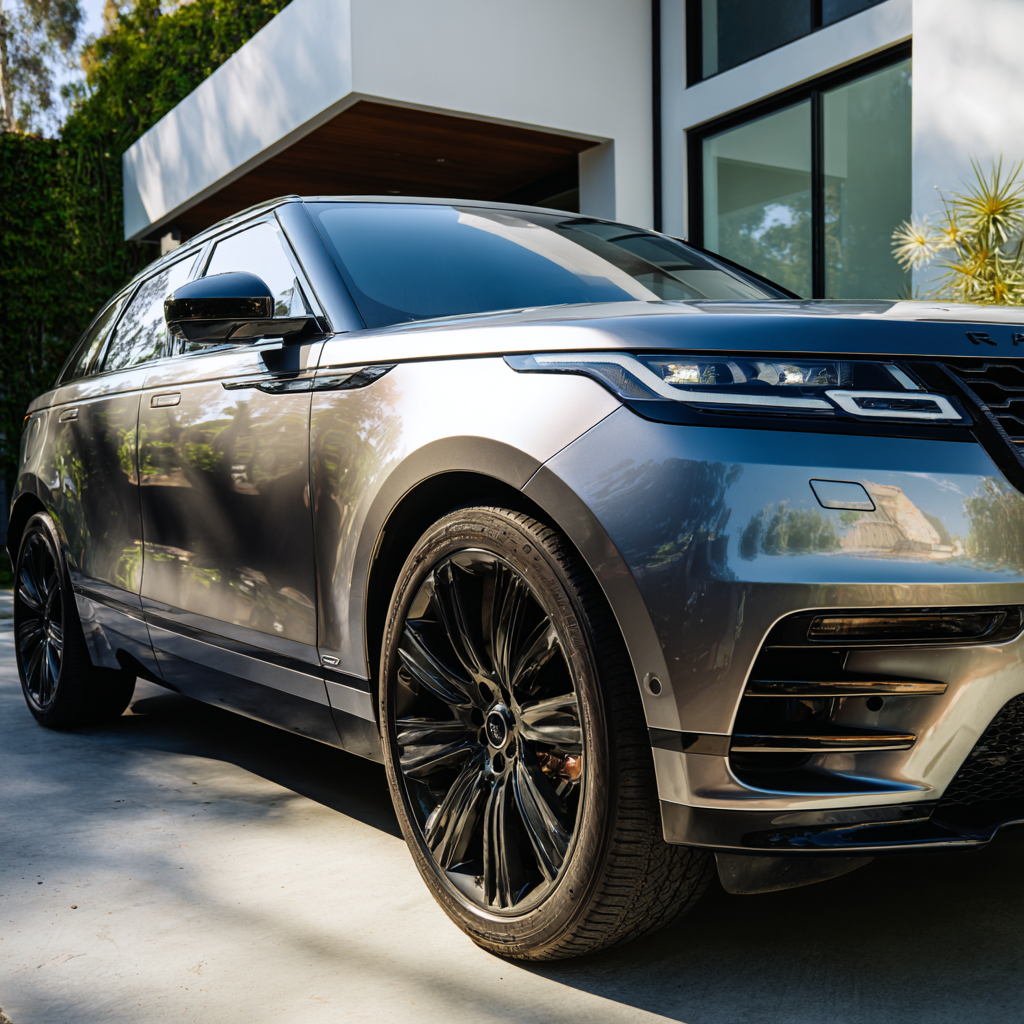

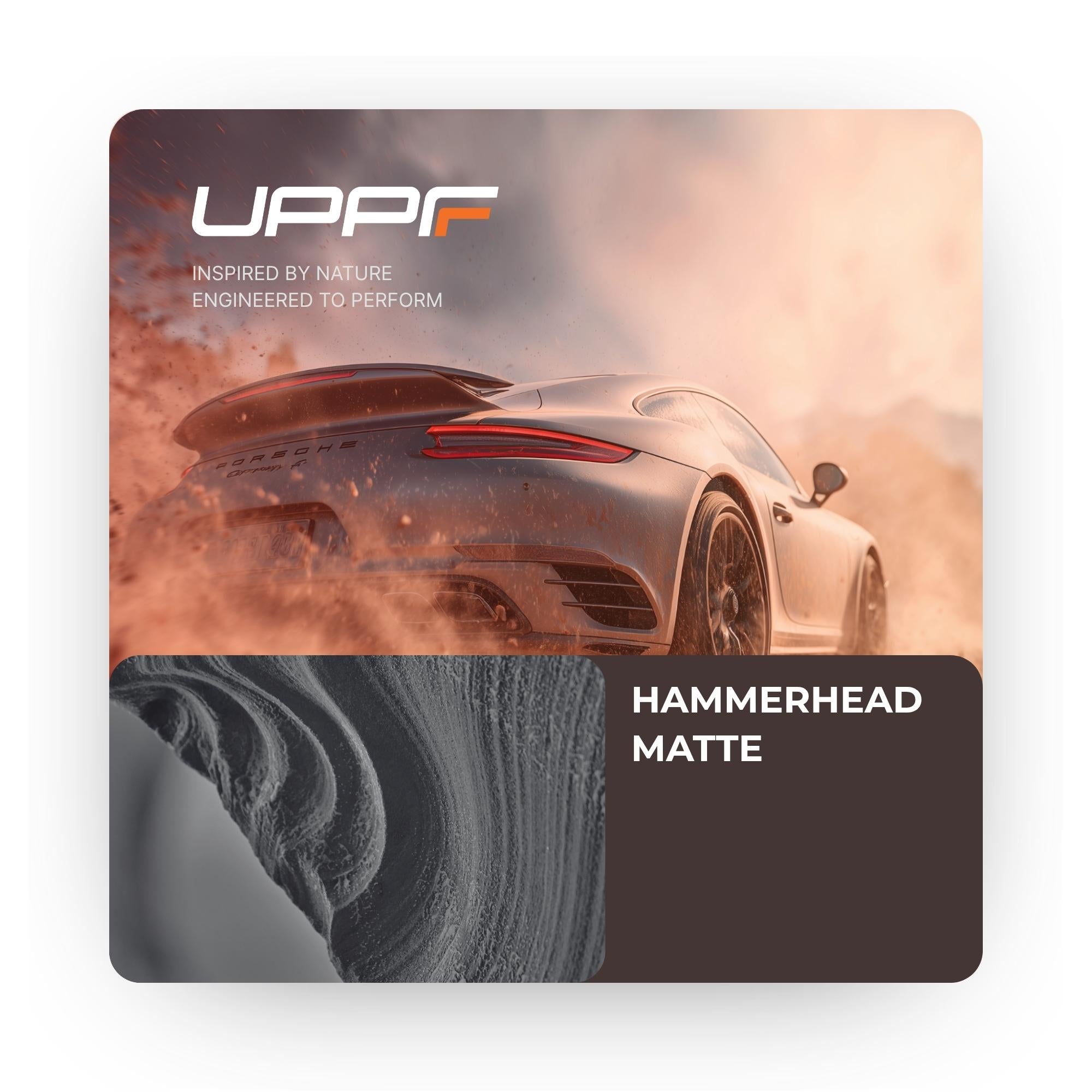

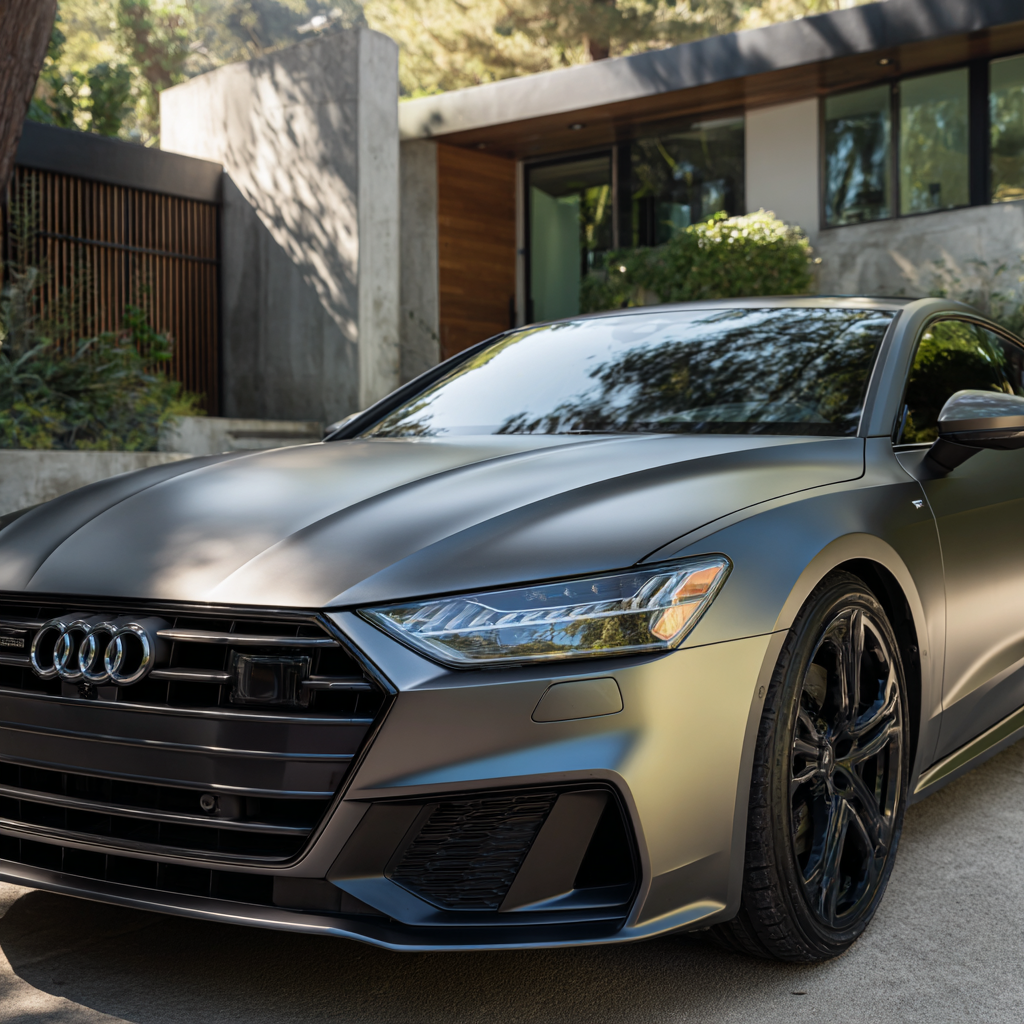
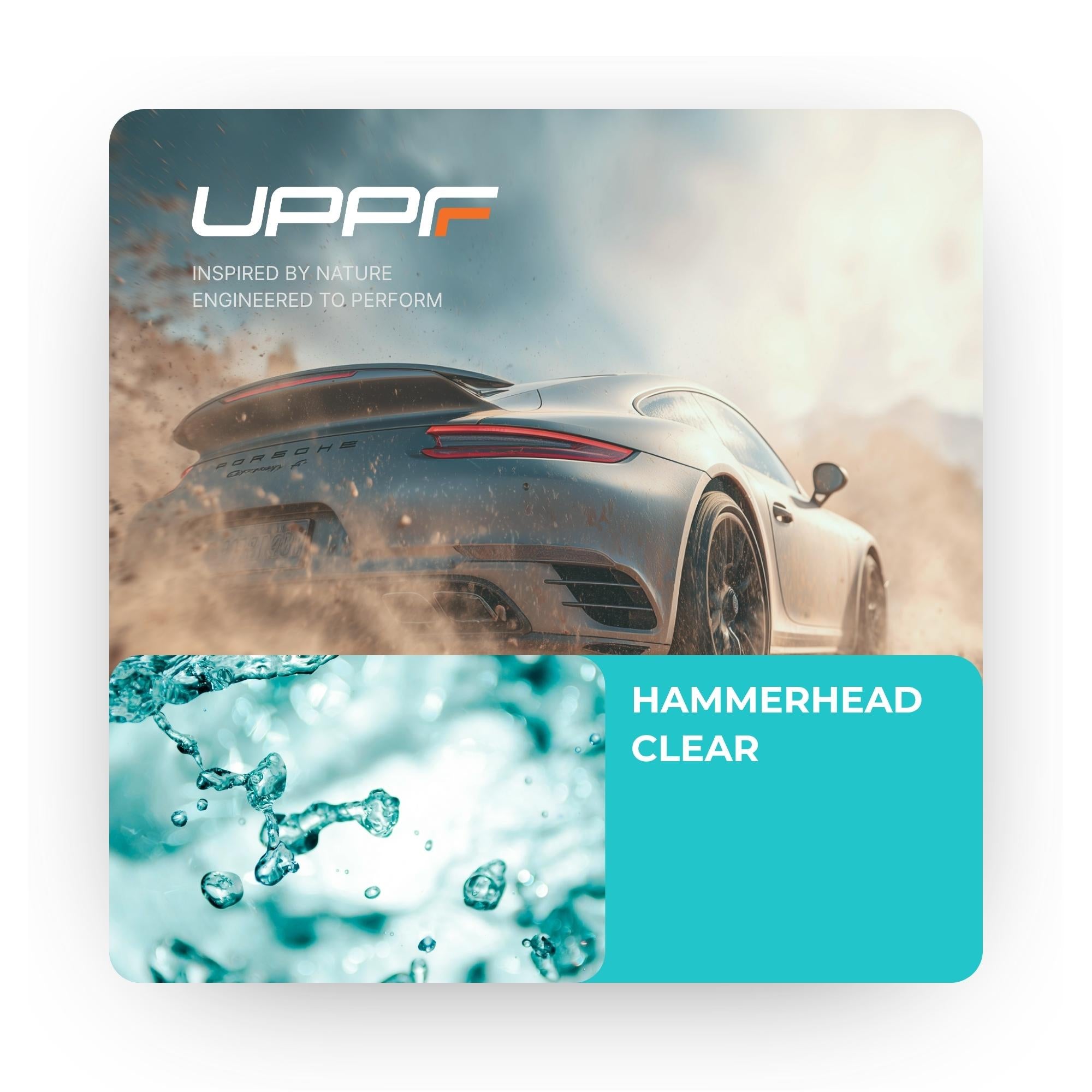


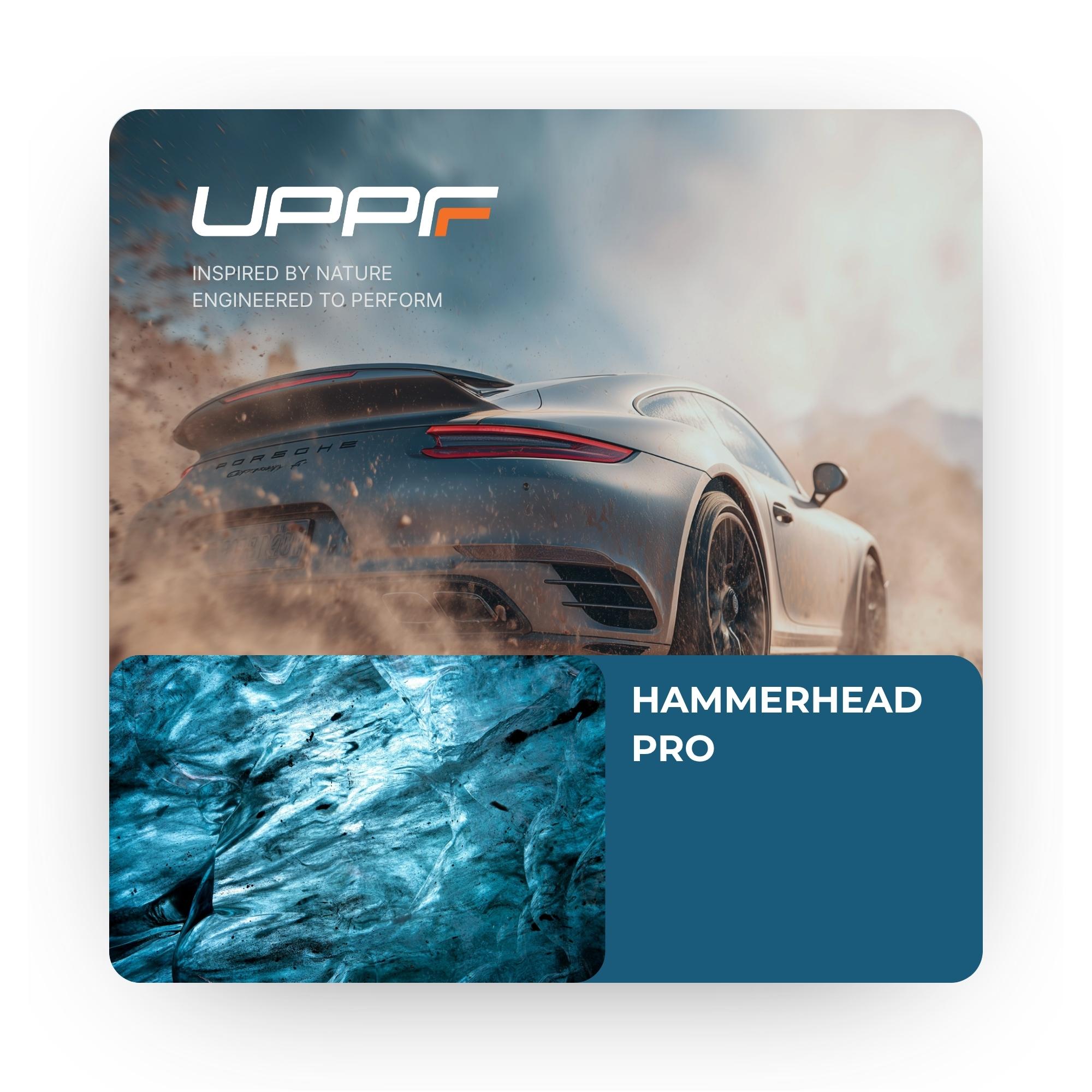



Share:
How much does PPF cost to install?
One Lap of America 2025